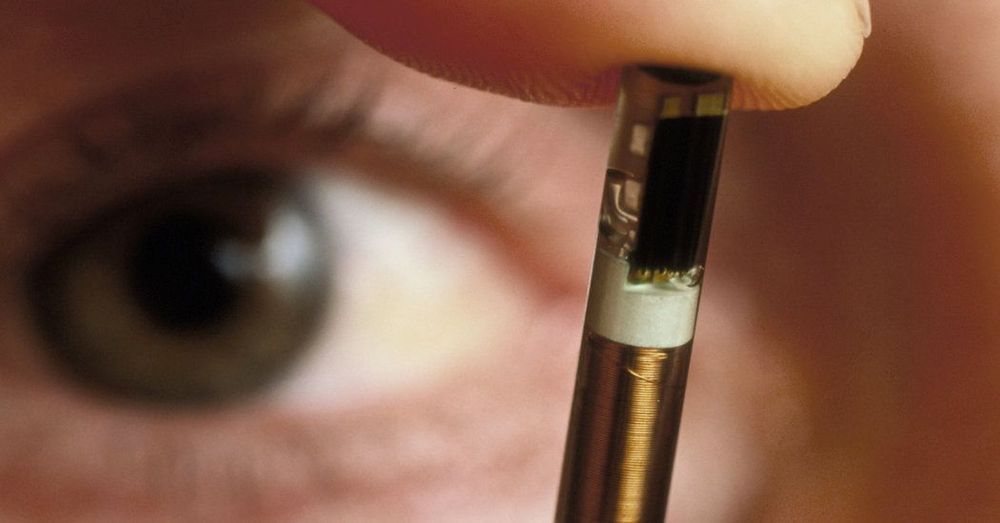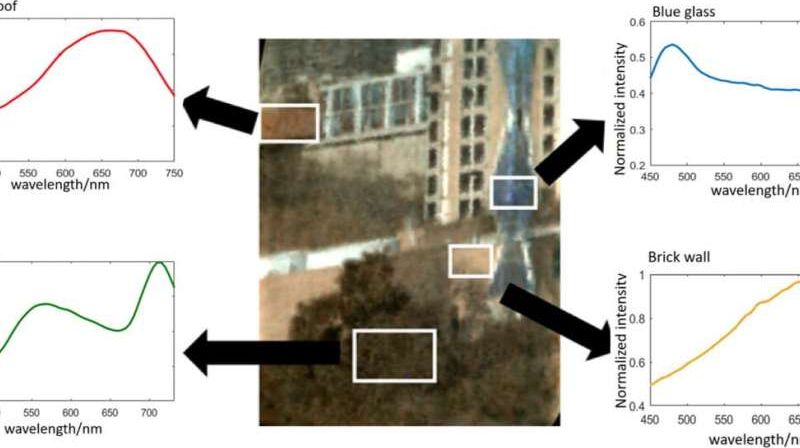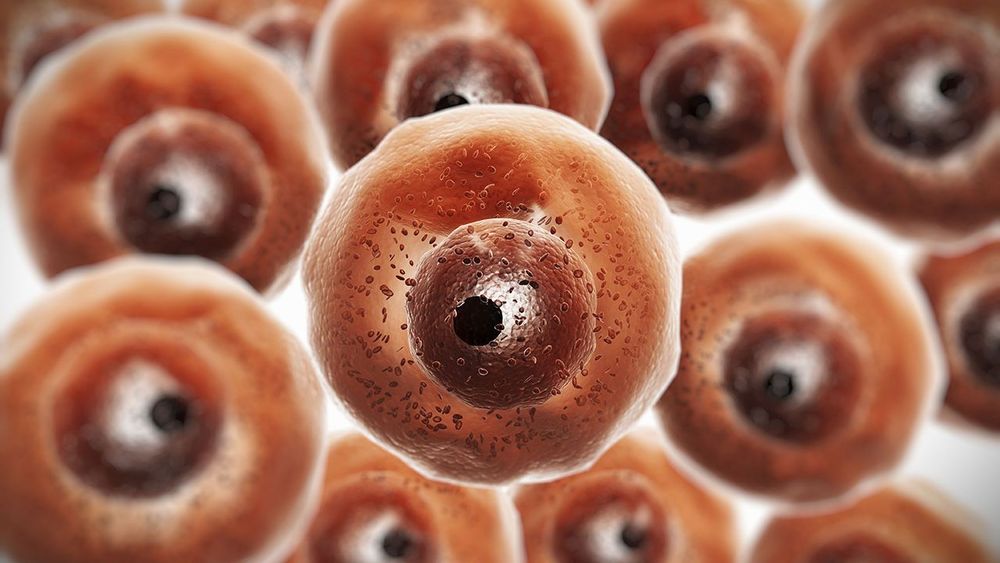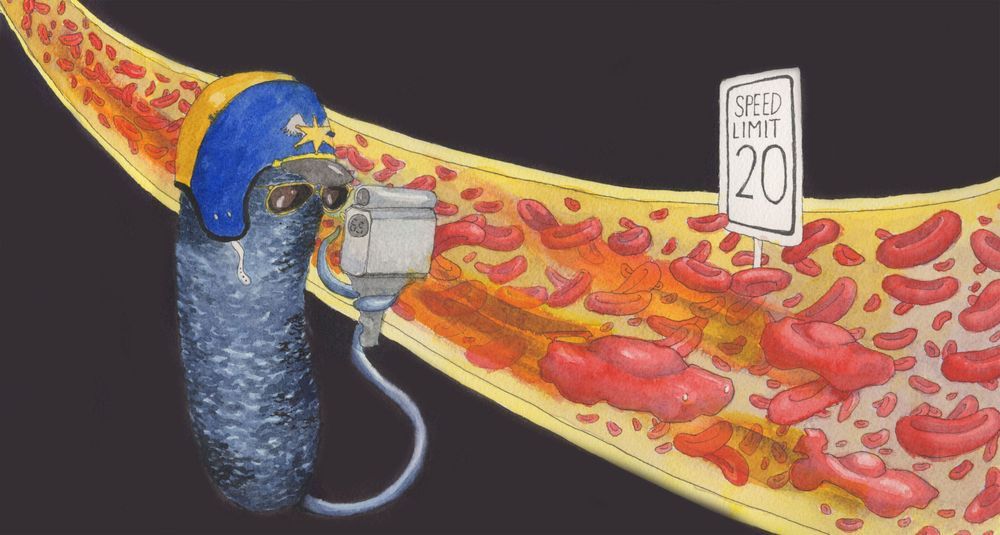May 21, 2019
A Chip in My Hand Unlocks My House. Why Does That Scare People?
Posted by Zoltan Istvan in categories: bioengineering, business, computing, transhumanism
Nearly 50 years ago, The New York Times—widely considered America’s paper of record—changed the media industry by creating the first modern Op-Ed page. Since then, their Opinion section has arguably become the most important voice for many public ideas that enter and change the world. Everyone from Heads of State to the globe’s most powerful business people to Nobel Prize winners to everyday citizens have written there when they had something essential to say about the times we live in. I’m super excited to share my first Op-Ed for The New York Times on #biohacking and the growing concern of legalizing implants. It’s a happy professional day for me, and an important step forward for the growing #transhumanism movement as we begin to enter mainstream culture.
Implant technology can change the world — unless politicians give in to the hysteria against it.

















